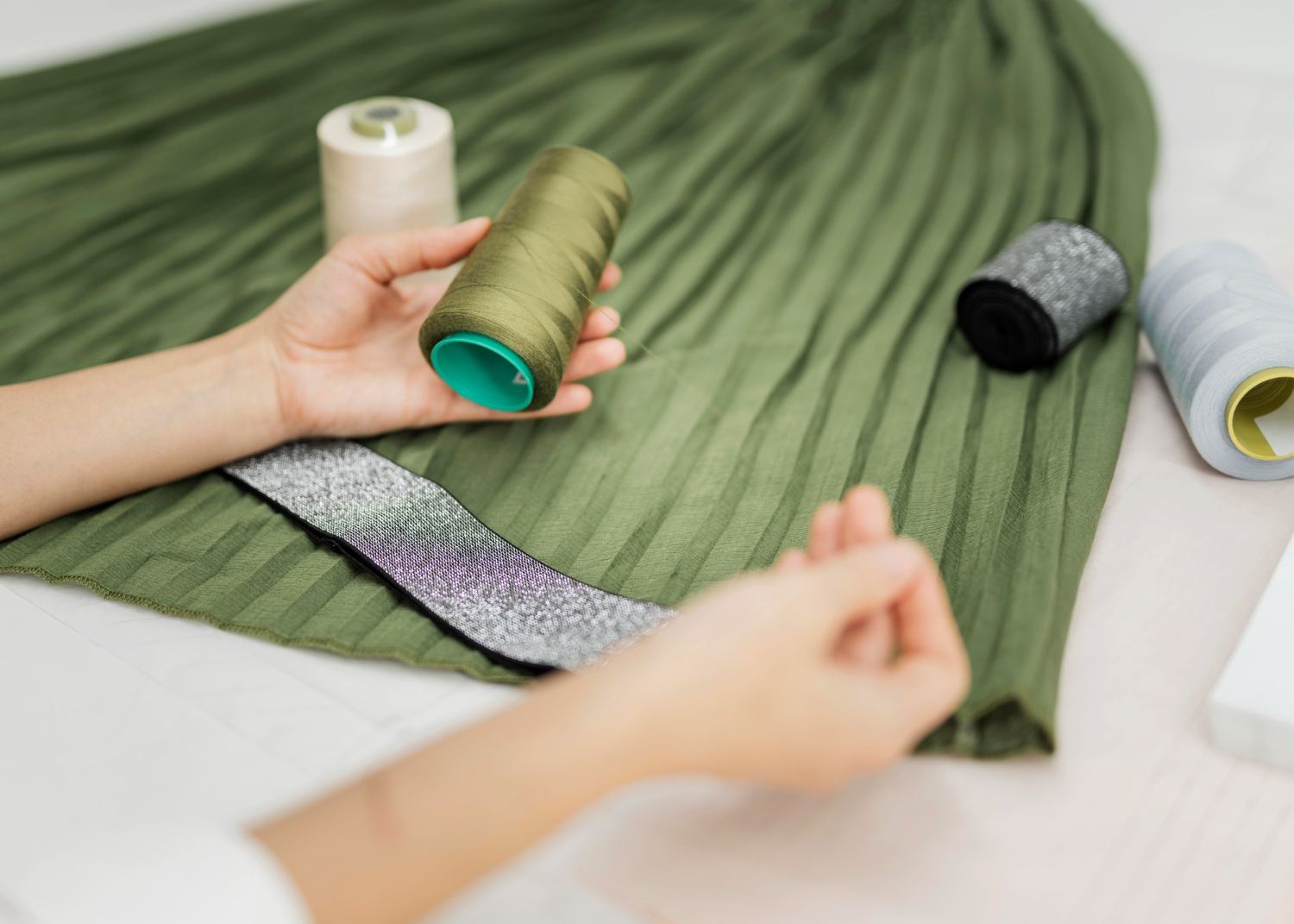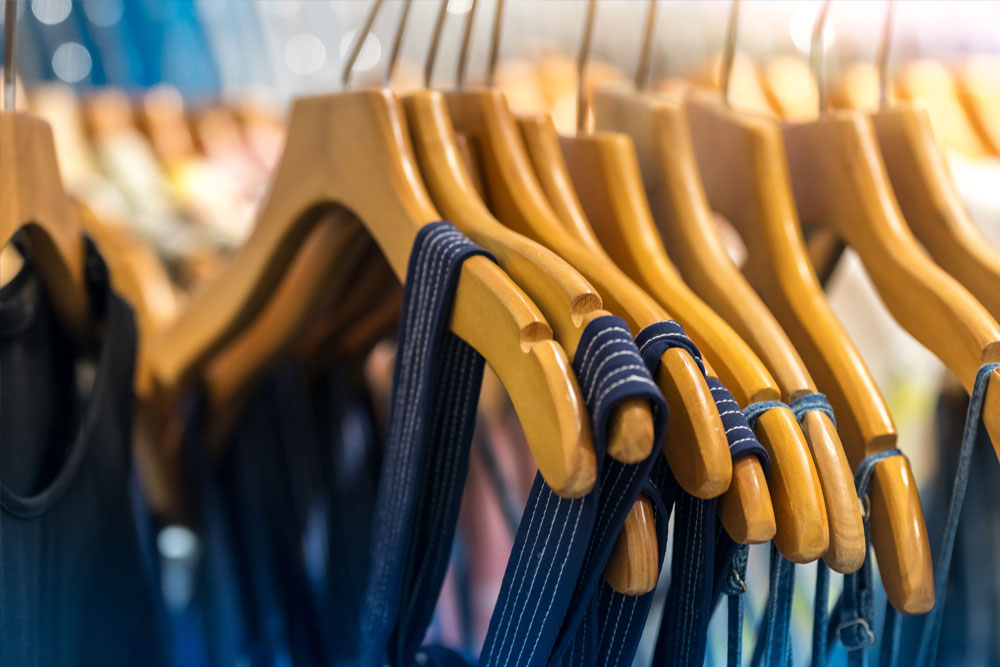The Indonesia’s Textile Industry has been on a turbulent journey over the past two years. In 2023, the sector struggled due to relaxed import regulations introduced by the Ministry of Trade. The easier access to cheaper imported textiles, particularly from China, put immense pressure on local manufacturers.

Path Forward: Sustainable Growth Strategies for Indonesia’s Textile Industry
However, by 2024, the government reversed course and reinstated import restrictions to protect domestic producers. This policy shift has led to a slow but promising rebound for the industry. The Safeguard Import Duty on carpets and floor-covering textiles, which imposes an IDR 74,461 per square meter tariff, is one example of protective measures introduced to curb the flood of foreign goods.
In 2024, the GDP grew at a modest CAGR of 0.5%, reaching IDR 35.9 trillion in Q4 2024. While this growth is not explosive, it indicates a slow but steady recovery. The improvement can be attributed to government policies restricting imports, which have allowed local producers to regain their footing.
However, the industry is not out of the woods yet. Layoffs and factory closures, such as the struggles of Sritex, one of Southeast Asia’s largest textile manufacturers, highlight the ongoing challenges of competition from China’s excess textile supply.
For the sector to achieve stronger growth, stakeholders must invest in innovation, improve efficiency, and explore new markets to reduce reliance on government protections. With the right strategies, Indonesia’s textile industry can not only recover but become a regional leader.
Source: LinkedIn








